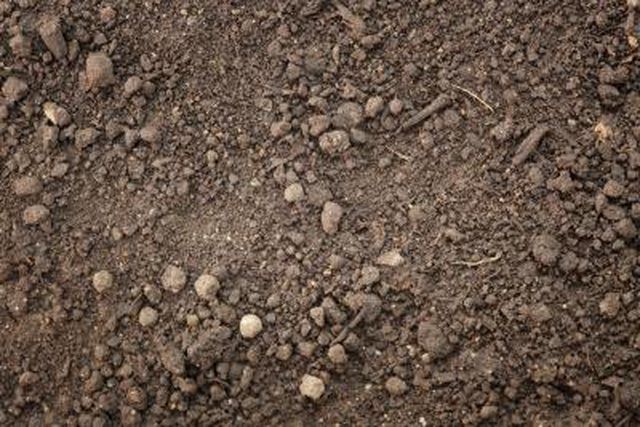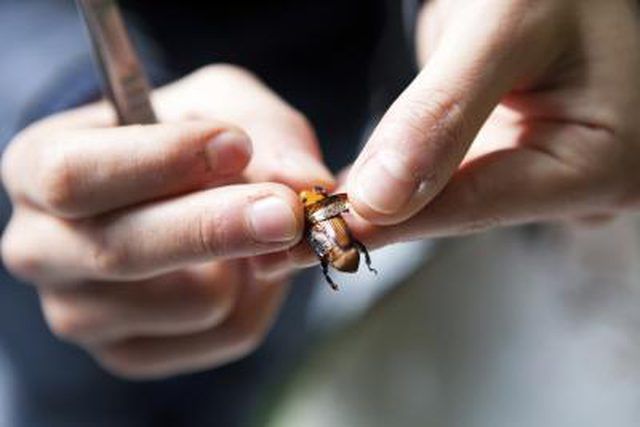Bulbs
Flower Basics
Flower Beds & Specialty Gardens
Flower Garden
Garden Furniture
Garden Gnomes
Garden Seeds
Garden Sheds
Garden Statues
Garden Tools & Supplies
Gardening Basics
Green & Organic
Groundcovers & Vines
Growing Annuals
Growing Basil
Growing Beans
Growing Berries
Growing Blueberries
Growing Cactus
Growing Corn
Growing Cotton
Growing Edibles
Growing Flowers
Growing Garlic
Growing Grapes
Growing Grass
Growing Herbs
Growing Jasmine
Growing Mint
Growing Mushrooms
Orchids
Growing Peanuts
Growing Perennials
Growing Plants
Growing Rosemary
Growing Roses
Growing Strawberries
Growing Sunflowers
Growing Thyme
Growing Tomatoes
Growing Tulips
Growing Vegetables
Herb Basics
Herb Garden
Indoor Growing
Landscaping Basics
Landscaping Patios
Landscaping Plants
Landscaping Shrubs
Landscaping Trees
Landscaping Walks & Pathways
Lawn Basics
Lawn Maintenance
Lawn Mowers
Lawn Ornaments
Lawn Planting
Lawn Tools
Outdoor Growing
Overall Landscape Planning
Pests, Weeds & Problems
Plant Basics
Rock Garden
Rose Garden
Shrubs
Soil
Specialty Gardens
Trees
Vegetable Garden
Yard Maintenance
Why Do Palm Fronds Turn Yellow?
Why Do Palm Fronds Turn Yellow?. Palm trees are a distinctive type of tree that belongs to the family Arecaceae and comes in over 2,000 varieties. Some grow in tropical and semitropical climates, but there are also varieties that are cold hardy that can grow in marginal areas. The leaves are fan or feather-like arranged in a spiral at the top of...
Palm trees are a distinctive type of tree that belongs to the family Arecaceae and comes in over 2,000 varieties. Some grow in tropical and semitropical climates, but there are also varieties that are cold hardy that can grow in marginal areas. The leaves are fan or feather-like arranged in a spiral at the top of the treePalm trees are generally easy to grow, but do need some special care. Yellowing of fronds can be a problem caused by a number of factors.

Yellowing of palm trees can occur from several different causes. There may be deficiencies in the soil that keep the root systems from utilizing nutrients. There may not be sufficient nutrition in the soil. Some of the pests that commonly attack palm trees may be present, damaging cell structures. Fungus can also be a problem for palm trees.

Nitrogen deficiency can cause yellowing (chlorosis) of the older leaves on palms. Controlled-release fertilizer of 18-6-12 (N-P-K) to replace nitrogen is recommended to correct the imbalance. Iron deficiency, caused by a lack of soil aeration and by planting palms too deeply, can also cause yellow leaves. This yellowing tends to occur most often on younger leaves. Chelated iron rather than iron sulphate added to the soil can help the problem to some extent, but the underlying problem in cultivation must be corrected. A lack of magnesium can also cause yellowing of both older and younger leaves, as well as darkening (necrosis) of leaf tissue. It can be difficult to treat. Fertilizer with magnesium micronutrient added, such as 8-2-12+4Mg with additional dolomite is suggested to correct the problem.

Fungi like bud rot, fusarium wilt and ganoderma butt rot can infect palms, weakening the trees and causing discoloration of leaves. Pests like thrips, giant palm borers, palm budworms and palmetto weevils can also attack palms, causing both leaf and trunk damage. Consult your local agricultural extension for the most effective ways to control these pests.

Lethal yellowing is a relatively new disease that has attacked palm trees since the 1960s, primarily in areas that grow coconuts. The disease can be confused with other yellowing conditions of palms but is distinguished by the dropping of the coconuts, the blackening of flower stalks, subsequent yellowing of the palms, and then, collapse of the newly emerged spear leaf. The tree will die within three to six months, according to the Florida Cooperative Extension, Horticultural Department. Injection of oxytetracycline is done to save trees considered vital.

Palm leaves go through a natural growth process that will cause the leaves to go from green to yellow to brown. It is not necessary to remove the leaves when they are yellow, and, in fact, you disturb the tree's natural way of conserving nutrients by removing them too soon, according to Master Gardener Online. When yellowing occurs on new leaves, however, it indicates a nutritional problem.
